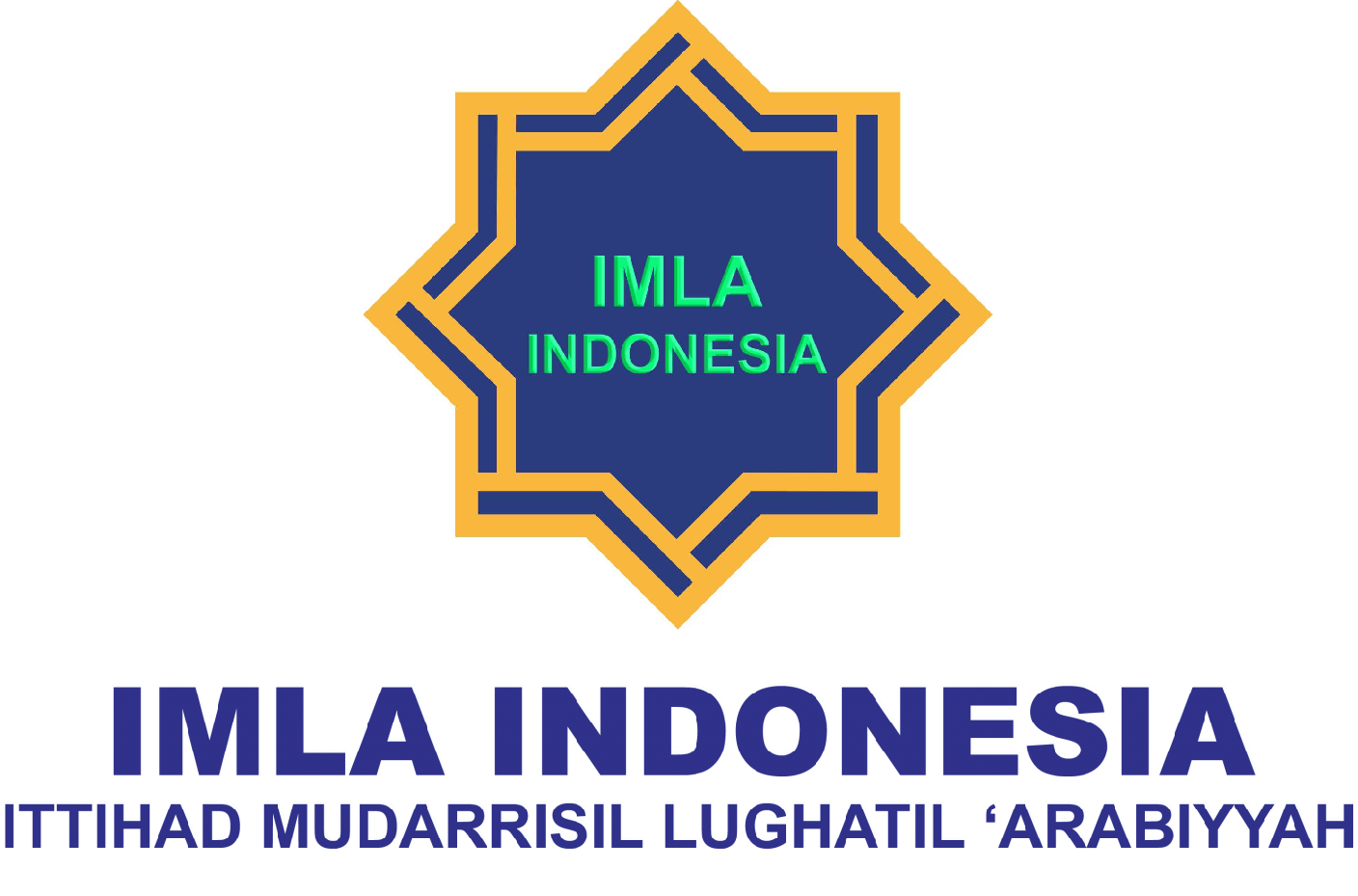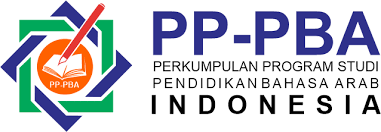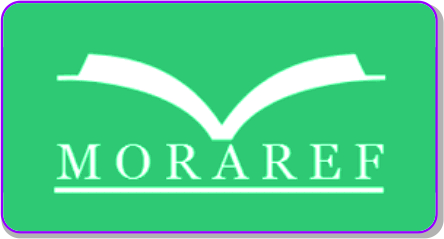Cross-Cultural Conections: Understanding Non-Muslim Students Interest in Arabic
DOI:
https://doi.org/10.30983/huruf.v4i2.8775Keywords:
Arabic Language, Motivation, PerceptionAbstract
Perception is the way a person views something, this is listed as having an impact on student motivation in following up on this perspective. Arabic language learning is usually the study of Muslim students, but nowadays some Schools open themselves to present opportunities for non-Muslim students to learn Arabic as an additional subject. This study attempts to investigate whether the perception of non-Muslim students can make a positive change in their motivation to learn the language as Muslim students learn it. To bridge this gap, this study explores Non-Muslim students' perceptions towards learning Arabic and its relationship with their motivation to learn it. To answer this gap, this study explored Non-Muslim students' perceptions towards learning Arabic and its relationship with motivation to learn it. To obtain this data, the study was administered to one of the secondary schools that organized Arabic language learning and was attended by 16 non-Muslim students. The results showed that almost all participants had positive perceptions towards learning Arabic. The results also show that Non-Muslim students consider the assignment and interesting packaging of learning presentations to be a motivation in learning. The results of this study can prove that students' perceptions greatly affect learning motivation even though the students are non-Muslim. The results of this study can be useful and enlightening for Arabic language teachers that Arabic language material with good packaging will be accepted by anyone even though this language is very thick with religious studies.
إن الإدراك هو الطريقة التي ينظر بها الشخص إلى شيء ما، وهذا مدرج على أنه يؤثر على دافع الطالب في متابعة هذا الإدراك. يكون تعلم اللغة العربية من الطلاب المسلمين، ولكن في الزمن الحاضر تفتح بعض المدارس أبوابها لتقديم فرص للطلاب غير المسلمين لتعلم اللغة العربية كمادة إضافية. وتحاول هذه الدراسة لاستكشاف الامكانات في تعلم اللغة العربية للطلاب غير المسلمين، بالنظر إلى إدراكهم في اللغة العربية و دوافعهم في تعلمهم. وللحصول على هذه البيانات، أُجرى هذا البحث على إحدى المدارس الثانوية و يجري فيها تعليم اللغة العربية، وشارك فيه 16 طالبًا من غير المسلمين. أظهرت النتائج أن جميع المشاركين لديهم إدراكا إيجابيا في تعليم اللغة العربية. كما أظهرت النتائج أيضًا أن الطلاب غير المسلمين يعتبرون أن التدريبات والتقديم الرائع في التعلم يكون دوافع التعلم. يمكن أن تثبت نتائج هذا البحث أن إدراك الطلاب تؤثر كثيرا على دافع التعلم للطلاب غير المسلمين. و هذه النتائج هذه الدراسة أن تكون مفيدة لمعلمي اللغة العربية بأن مادة اللغة العربية ذات المواد الجذابة ستلقى قبولاً من الجميع على الرغم من أن هذه اللغة متعلقة جداً بالدراسات الدينية.
References
Davidovitch, Nitza, and Ruth Dorot, ‘The Effect of Motivation for Learning Among High School Students and Undergraduate Students—A Comparative Study’, International Education Studies, 16.2 (2023). <https://doi.org/10.5539/ies.v16n2p117>
Hamzah, Abdul Fattah, and Khaira Boukhari, ‘Students ’ Responses and Perceptions in Learning Strategy of Ilmu Al- Badi Based on Mind Maps’, Jurnal Al Bayan: Jurnal Jurusan Pendidikan Bahasa Arab, 14.2 (2022). <https://doi.org/10.24042/albayan.v14i2.14275>
Hariri, Hasan, Dedy Hermanto Karwan, Een Yayah Haenilah, Riswanti Rini, and Ujang Suparman, ‘Motivation and Learning Strategies: Student Motivation Affects Student Learning Strategies’, European Journal of Educational Research, 10.1 (2020). <https://doi.org/10.12973/EU-JER.10.1.39>
Harja, Hafzah, Endah Melani, Anisa Putri, and Hasnah Faizah, ‘Sikap Mahasiswa Non Muslim Dalam Mengikuti Pelajaran Arab Melayu Angkatan 2021 PBSI Universitas Riau’, 2.1 (2024)
Hidayah, Nurul, Mukmin, and Cardasyifa, ‘Cefr Pada Materi Bahasa Arab : Inovasi Pembelajaran Ramah Anak Pada’, KIDDO : Jurnal Pendidikan Islam Anak Usia Dini, Spesial Edition: Araksa 1, 2024.<https://doi.org/10.19105/kiddo.v5i1.12742>
Hidayah, Nurul, Mukmin Mukmin, and Geta Apriyani, ‘Kemampuan Abad 21 Siswa Pendidikan Menengah Di Sumatera Selatan:Sebuah Tinjauan Pembelajaran Menulis Berbahasa Arab Di Madrasah’, in Al-Muktamar As-Sanawi Li Al-Lughah Al-Arabiyyah (MUSLA) (Curup, Bengkulu, 2024).<https://prosiding.iaincurup.ac.id/index.php/musla/article/view/17/21>
Hidayah, Nurul, Mukmin Mukmin, and Listia Eltika, ‘Konsep Aritmetika Pada Perubahan Kata Bahasa Arab’, Kalamuna: Jurnal Pendidikan Bahasa Arab Dan Kebahasaaraban, 4.2 (2023). <https://doi.org/10.52593/klm.04.2.04>
Hidayah, Nurul, Mukmin Mukmin, and Siti Marfuah, ‘The Correlation between Arabic Learning Motivation and Arabic Language Competence of Education Study Program Students in PostCOVID-19 Pandemic’, Al Bayan: Jurnal Jurusan Pendidikan Bahasa Arab, 15.2 (2023).<https://doi.org/10.24042/albayan.v15i2.17453>
Hidayah, Nurul, Mukmin Mukmin, and Ulin Nofia Sari, ‘Learning Evaluation of Arabic Morfhoplogy for Tsanawiyah Students Based on 21’, in International Conference On Islam And Education, 2024.
Hidayah, Nurul, and Ludfi Muyassaroh, ‘Pembelajaran Bahasa Arab Bagi Non Muslim Berbasis Moderasi Beragama Di Sekolah Umum’, Jurnal Ilmiah Wahana Pendidikan, 9.3 (2023). <https://doi.org/10.1306/st531003c13>
Husnaini, M, Ahmad Syauqi Fuady, and Irnie Victorynie, ‘Al-Islam Dan Kemuhammadiyahan: How to Teach the Non-Muslim Students at Muhammadiyah Education University of Sorong’, International Journal of Asian Education, 2.2 (2021). <https://ijae.journal-asia.education/index.php/data/article/view/149>
Jihada, Ilfiana Iffah, and Muhajir Musa, ‘Perspektif Mahasiswa Nonmuslim Terhadap Mata Kuliah Bahasa Arab Di Universitas Muhammadiyah Kupang’, Jurnal Alwatzikhoebillah : Kajian Islam, Pendidikan, Ekonomi, Humaniora, 9.2 (2023). <https://doi.org/10.37567/alwatzikhoebillah.v9i2.1885>
Kerras, Nassima, and Moulay Lahssan Baya Essayahi, ‘Education and COVID-19: Learning Arabic Language and Perspectives’, Electronic Journal of E-Learning, 20.1 Special Issue (2022). <https://doi.org/10.34190/ejel.20.1.1976>
Mardianto, Mardianto, and Muhammad Shaleh Assingkily, ‘“Dosen Ngajar On the Road”: Persepsi Mahasiswa Tentang Fenomena Pembelajaran Era Covid-19’, Jurnal Obsesi : Jurnal Pendidikan Anak Usia Dini, 6.1 (2021).<https://doi.org/10.31004/obsesi.v6i1.1374>
Mukmin, Mukmin, Nurul Hidayah, and Naila Amelina, ‘Evaluasi Program Intensif Bahasa Arab Pada Kelas Akselerasi Di Pondok Pesantren’, NASKHI: Jurnal Kajian Pendidikan Dan Bahasa Arab, 6.1 (2024). <https://doi.org/10.47435/naskhi.v6i1.2570>
Mukmin, Mukmin, Nurul Hidayah, and Siti Marpuah, ‘Reorientation of The Arabic Language Curriculum for Secondary Education in The Endemic Era’, Arabiyât: Jurnal Pendidikan Bahasa Arab Dan Kebahasaaraban, 10.2 (2023).<https://doi.org/http://dx.doi.org/10.15408/a.v10i2.34960>
Ozer, Omer, and Nebahat Badem, ‘LEARN Journal: Language Education and Acquisition Research Network Student Motivation and Academic Achievement in Online EFL Classes at the Tertiary Level’, 0672.1 (2022) <https://so04.tci-thaijo.org/index.php/LEARN/index>
Pane, Akhiril, ‘Urgensi Bahasa Arab; Bahasa Arab Sebagai Alat Komunikasi Agama Islam’, Komunikologi, 2.1 (2018).
Ramis, Tamilselvan, and Sau Cheong Loh, ‘Mediating Effect of Psychological Needs Satisfaction on the Relationship between Gratitude and Academic Motivation during Online Learning’, Journal of Pedagogical Research, 7.4 (2023). <https://doi.org/10.33902/JPR.202322757>
Read, John, ‘The Influence of the Common European Framework of Reference (CEFR) in the Asia-Pacific Region’, LEARN Journal: Language Education and Acquisition Research Network, 12.1 (2019).
Ritonga, Mahyudin, Martin Kustati, Meliza Budiarti, Ahmad Lahmi, Musda Asmara, Rahadian Kurniawan, and others, ‘Arabic as Foreign Language Learning in Pandemic COVID-19 as Perceived by Students and Teachers’, Linguistics and Culture Review, 5.1 (2021). <https://lingcure.org/index.php/journal/article/view/726>
Satrianingrum, Arifah Prima, and Iis Prasetyo, ‘Persepsi Guru Dampak Pandemi Covid-19 Terhadap Pelaksanaan Pembelajaran Daring Di PAUD’, Jurnal Obsesi : Jurnal Pendidikan Anak Usia Dini, 5.1 (2020). <https://doi.org/10.31004/obsesi.v5i1.574>
Syahrul, Syahrul, and Hajenang Hajenang, ‘Reflections on Multicultural Education for Non-Muslim Students at Muhammadiyah University, Kupang’, Jurnal Tarbiyatuna, 12.1 (2021). <https://doi.org/10.31603/tarbiyatuna.v12i1.3593>
Wahab, Muhbib Abdul, ‘Peran Bahasa Arab Dalam Pengembangan Ilmu Dan Peradaban Islam’, ARABIYAT: Jurnal Pendidikan Bahasa Arab Dan Kebahasaaraban, 1.1 (2014) <https://doi.org/10.15408/a.v1i1.1127>
Yahya, Yuangga Kurnia, Umi Mahmudah, and Luthfi Muhyiddin, ‘De-Sakralisasi Dalam Pembelajaran Bahasa Arab Di Indonesia: Analisis Bahasa Sebagai Identitas Agama’, JLA (Jurnal Lingua Applicata), 3.2 (2020).<https://doi.org/10.22146/jla.57232>
Yazid, Mohd Taqwudin Mohd, Wan Muhammad Wan Sulong, Nik Farhan Mustapha, and Mohd Azidan Abdul Jabar, ‘The Techniques of Non-Muslim Students’ in Learning Arabic Speaking Skills Online’, GEMA Online Journal of Language Studies, 22.4 (2022). <https://doi.org/10.17576/gema-2022-2204-19>
Published
Issue
Section
Citation Check
License
Copyright (c) 2024 Mukmin Mukmin, Nurul Hidayah, Ulfa Soleha

This work is licensed under a Creative Commons Attribution-ShareAlike 4.0 International License.
Authors who publish with this journal agree to the following terms:
- Authors retain copyright and grant the journal right of first publication with the work simultaneously licensed under a Creative Commons Attribution-ShareAlike 4.0 International Licensethat allows others to share the work with an acknowledgment of the work's authorship and initial publication in this journal.
- Authors are able to enter into separate, additional contractual arrangements for the non-exclusive distribution of the journal's published version of the work (e.g., post it to an institutional repository or publish it in a book), with an acknowledgment of its initial publication in this journal.
- Authors are permitted and encouraged to post their work online (e.g., in institutional repositories or on their website) prior to and during the submission process, as it can lead to productive exchanges, as well as earlier and greater citation of published work (See The Effect of Open Access).










